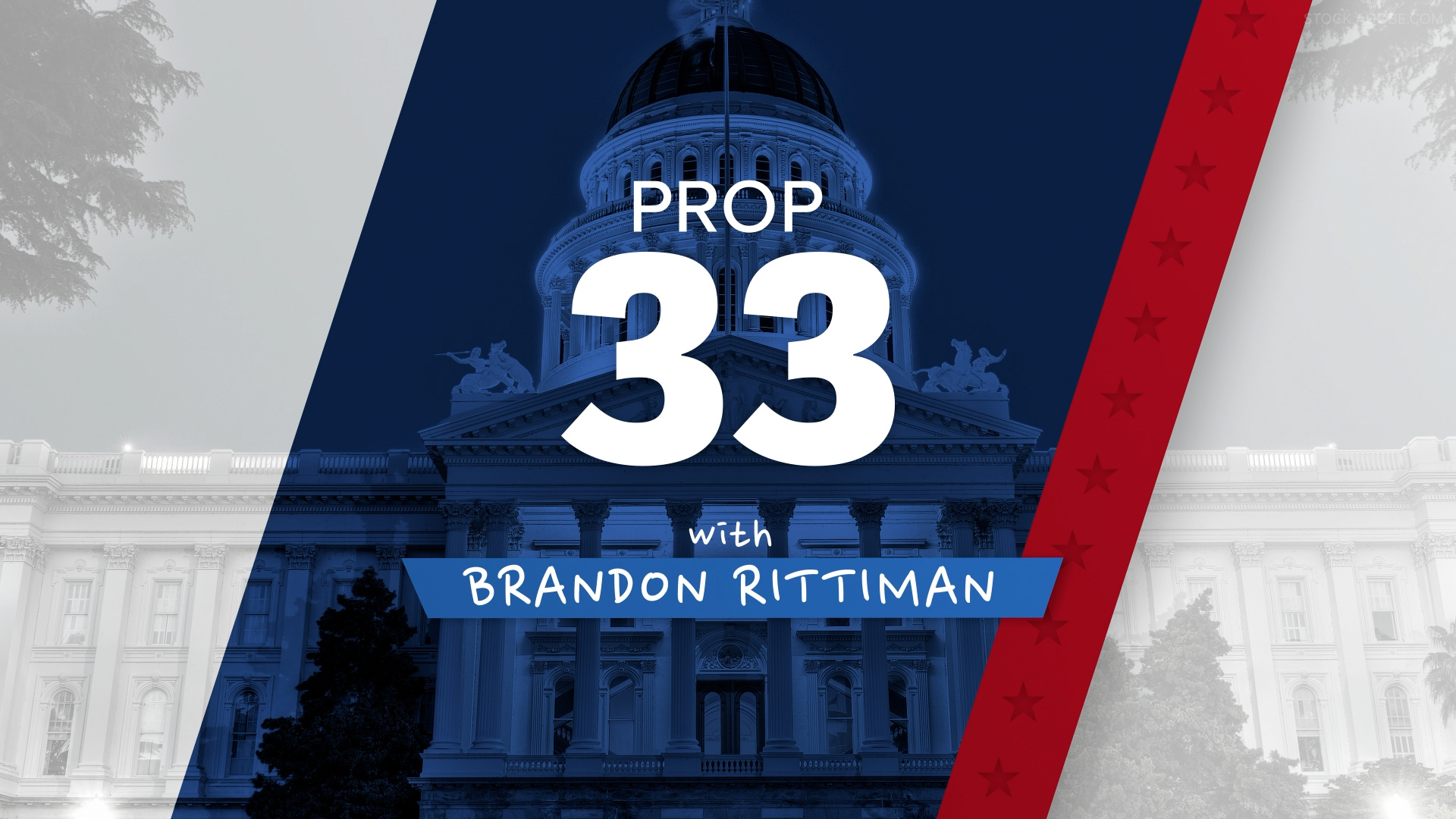CALIFORNIA, USA — Many cities, including San Francisco and Los Angeles, limit the amount a landlord can raise the rent each year — a policy known as rent control. But for nearly 30 years, California has imposed limits on those limits, via a law known as Costa-Hawkins.
Cities cannot set rent control on single-family homes or apartments built after 1995. And landlords are free to set their own rental rates when new tenants move in.
If Proposition 33 passes, that would change. Cities would be allowed to control rents on any type of housing – including single-family homes and new apartments, and for new tenants.
Why is it on the ballot?
Nearly 30% of California renters spend more than half their income on rent — higher than in any other state except Florida and Louisiana, according to the Public Policy Institute of California.
To change that, tenant advocates have been fighting Costa-Hawkins for years, but so far, without success. They tried to overturn it with ballot measures in 2018 and 2020. Lawmakers also tried with legislation. While those efforts failed, Gov. Gavin Newsom in 2019 signed a law limiting annual rent increases statewide to 5% plus inflation.
Supporters of Prop. 33 say that doesn’t go far enough. They hope this finally is the year to upend the decades-old rules controlling rent control. But landlord groups opposing the idea tend to have deep pockets, and have been willing to spend a small fortune to convince voters that rent control is not the answer to the state’s housing crisis.
For a deeper dive on this proposition, click HERE.
WATCH ALSO:



















